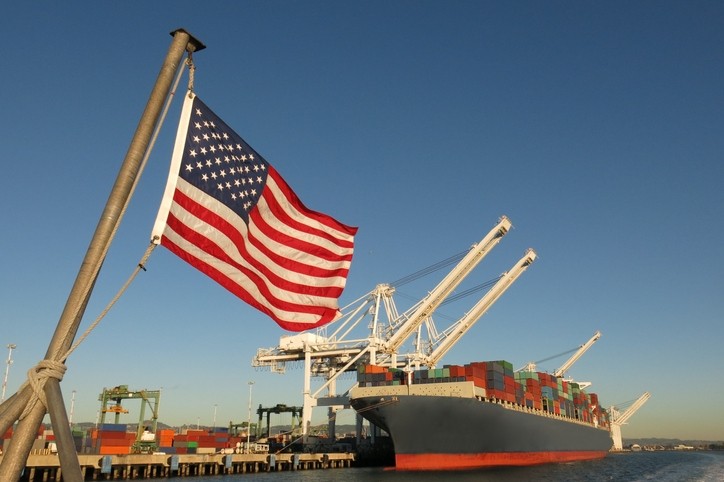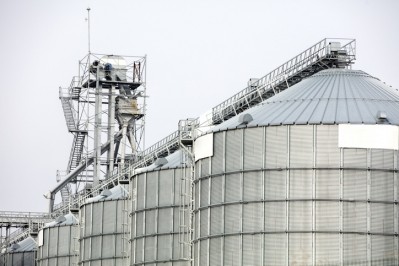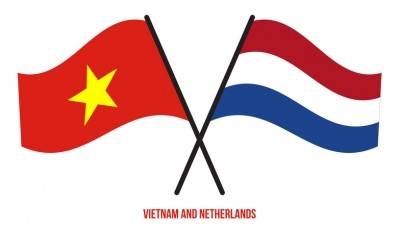AFIA stresses importance of trade for US feed industry as it calls for TPA renewal

It has backed the recent move by US agriculture secretary, Tom Vilsack on this. He urged the US Congress last week to renew the Trade Promotion Authority (TPA) legislation.
The TPA allows the US trade representatives to enter trade discussions with negotiating objectives and priorities already agreed upon by Congress, which provides potential trading partners with the confidence that the Congress is likely to ratify any final agreement reached.
Trade has been on the backburner since the new Biden administration took office, and rightfully so considering the COVID-19 situation, acknowledges, Gina Tumbarello, AFIA’s director of international policy and trade.
So it is unclear if it will request TPA renewal before its deadline this summer.
“However, we want to educate this current administration about the importance of trade for our industry, we don’t want to lose out on opportunities for growing our exports and capturing growing demand overseas because we are not staying connected to new trading partners and actively engaging in new trade deals. Exporting is how our industry is going to continue to grow and thrive. We need to continue to stay engaged in trade activities and in finding opportunities to lift trade restrictions through trade agreements to be able to do that. A big part of that is the TPA, which is expiring in July, and letting the administration know the importance of its renewal for our ability to negotiate new trade deals,” the policy expert told us.
It would not benefit the feed production sector, the agriculture industry, or the US, as a whole, to let the TPA lapse for very long, she said. “We can’t remain competitive in the global marketplace unless we are constantly overcoming barriers to trade and that has to be done by actively engaging in the international trade sphere.”
She hopes to see some engagement on TPA soon. “But this administration has indicated [a shift in thinking in terms of] what future trade deals might include, such as adding commitments on environment and labor, for example, and I suspect that any new TPA might be amended to take account of those. That might take some time to get through Congress.”
Increasing US feed additive footprint in China
To date, the largest trading partners for the US feed sector would be Canada, Mexico, and Japan. “In terms of the top three markets, those have been pretty consistent for the past few years.“
AFIA, on behalf of its membership, is focusing on China and Vietnam as opportune markets, where the livestock, poultry, and aquaculture sectors are seeing investment and are rapidly undergoing modernization, said Tumbarello. “Those countries want to produce more of those animal protein products domestically and reduce their reliance on imports. With that focus comes a need for feed additives that bring added value to the rations and the final animal protein product being developed.”
China has been a real challenge for the US feed additive production sector of late.
“There has been a facility registration requirement since 2011 that has basically restricted any new feed additives since then from being exported to China. Last year, the US-China Phase 1 agreement addressed those registration challenges. Since then, we have been working with the Office of the US Trade Representative (USTR) and with the US Food and Drug Administration (FDA) on this issue, and they have been engaging with their counterparts in China to implement those commitments, so we are seeing more facilities being registered and getting their products into China.”
Even if those facilities can now export to the Chinese market, Tumbarello said it is critical that the end users, the potential feed buyers understand the value of the ingredients US companies have to offer, their viability, safety and quality and how they can use them to benefit animal production.
“That is where AFIA is stepping up; we are using some Foreign Agriculture Service (FAS) funding to help us undertake market development programs in China.
“We have been working with representatives of the beef industry in Inner Mongolia, Shandong, and Sichuan, educating them on the variety of feed additives we have that can help them enhance their beef production practices as they modernize. Similarly, we have been talking to the Chinese dairy association about its efforts to enhance dairy operations and feeding practices, providing its members with information about the type of additives that can be used in dairy rations to support them in that work.
“We have also been engaging with regional feed associations to collaborate on knowledge transfer and nutritional training. And we have been working with the national Chinese feed industry association in parallel, as it develops the organization into a standalone entity; we have been informing [those representatives] about how the US industry works, and about how feed products are regulated in the US, to help them enhance the structure of their own association.
“In addition, we have been providing opportunities for buyers to interact with US sellers. So a lot of projects coming down the pike.”
Supporting aquaculture development in Vietnam
In terms of Vietnam expansion, the AFIA undertook a comprehensive market opportunity assessment exercise, within the past year. Again, that study was backed by funding from the FAS.
The organization sees traction for US suppliers in terms of the increased focus on biosecurity in swine, following the African Swine fever (ASF) outbreak in Vietnam, the increasing awareness of the need for more sustainable farming practices along with feed ingredients to increase efficiency by the country’s aquaculture sector.
The AFIA, she said, will look to more longer term opportunities in the Vietnamese poultry sector while it is already engaged in projects to ensure greater use of US feed ingredients in the emerging pet food sector.















